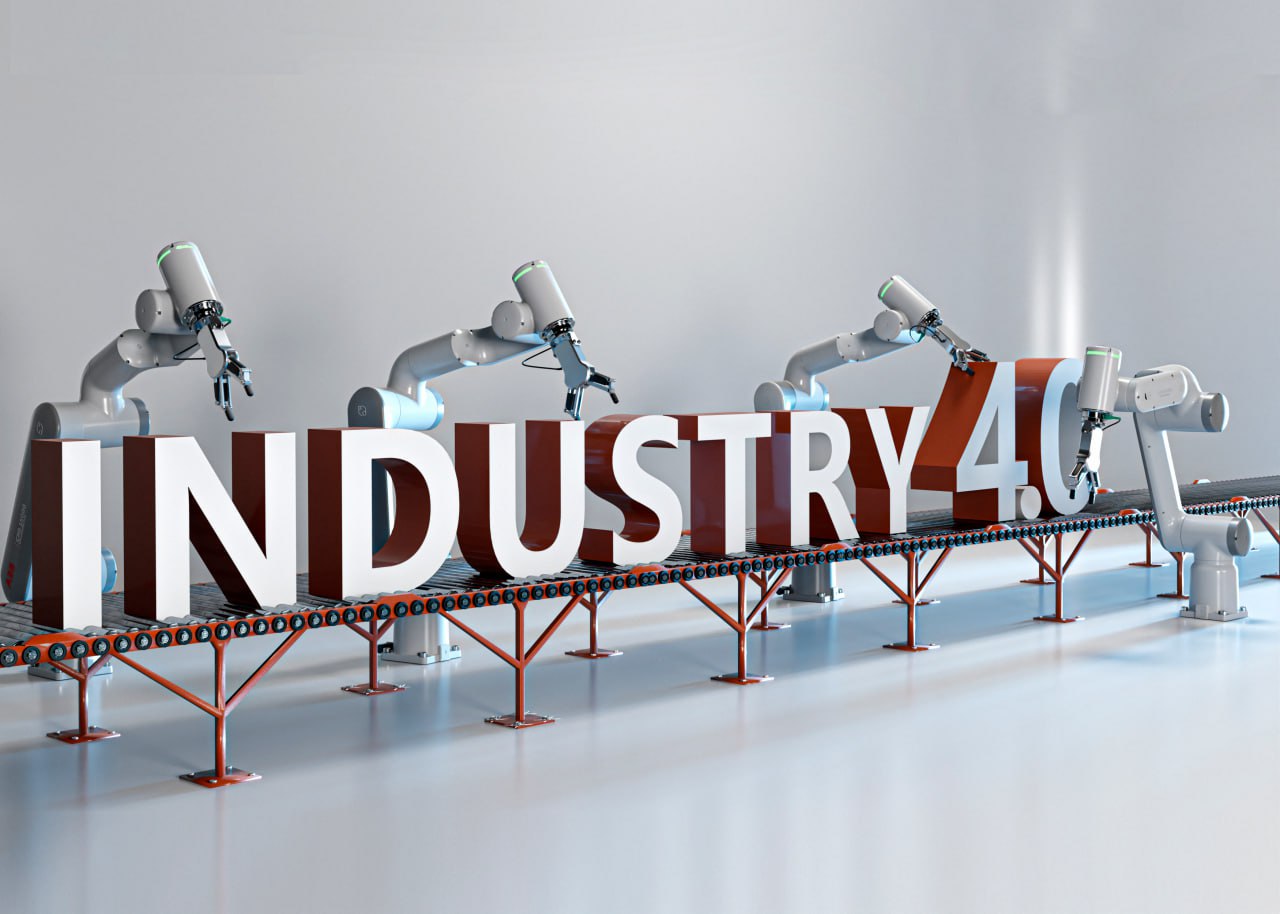Research company IOT ANALYTICS has published the results of a study of over 300 projects implementing industrial Internet of things. Researchers highlight trends such as the increasing success of projects, growing popularity of buying solutions, and factors influencing the decision to buy or create a system, such as budget, desire to differentiate from competitors, investment profitability, and available options.
The most popular question that companies need to answer is whether to buy, develop, or adapt a ready-made solution.
Analysts have collected responses from companies that have chosen one of these options and identified the pros and cons of each approach.
Buying.
Companies that use a purchased solution argue that at the initial stages of use, non-standard functionality is rarely necessary. Therefore, standard functionality of a purchased solution is sufficient. Other factors in favor of buying include:
- companies with limited budgets can afford only to buy a solution;
- short implementation period: the duration of the first two stages of the project was 9 months when developing IoT;
- 40% of respondents said that buying reduces the breakeven point. The average time to reach breakeven is 12 months, compared to about 20 for other approaches;
- the company remains flexible since there is no need to maintain a team to support the solution, passing this process to an external company.
On the other hand, buying has some limitations:
- in 30% of cases, functionality was insufficient;
- 20% of companies faced cyber vulnerabilities;
- There was employee resistance caused by the introduction of new software.
Development.
You own what you develop. This is the main argument for companies that have chosen IoT system development. Other advantages of this approach include:
- freedom to customize, configure, and integrate the entire IoT solution;
- no dependence on any supplier.
Disadvantages:
- the need to pay for the work of your own department, who will develop and maintain the system, or the work of an external partner;
- the risk of unforeseen costs, which was a problem for 20% of projects;
- long period of creation and investment payback.
Adapting a ready-made solution.
Buying with customization allows one to combine proven technology with the freedom to customize, which is the main advantage of this approach according to users. Other advantages include:
- saving financial resources compared to IoT development;
- increased cybersecurity;
- the ability to get functionality close to the required state without lengthy IoT development and attracting additional competencies;
- freedom of adaptation, integration, and configuration.
Disadvantages:
- ready-made solutions are developed with the needs of other companies in mind, so they always need to be adapted in one way or another;
- 19% of users noted the complexity and cost of adaptation;
- The adaptation is a separate project with its own difficulties and costs;
- long payback period.
The authors of the report emphasize that there is no universal approach to choosing between buying, creating, and adapting a ready-made system, and this choice depends on financial capabilities, planned return on investment, and availability of solution options.
Internet of Things development is one of the areas Epol Soft works in. More information about implemented projects can be found in the telecommunications section our website.

